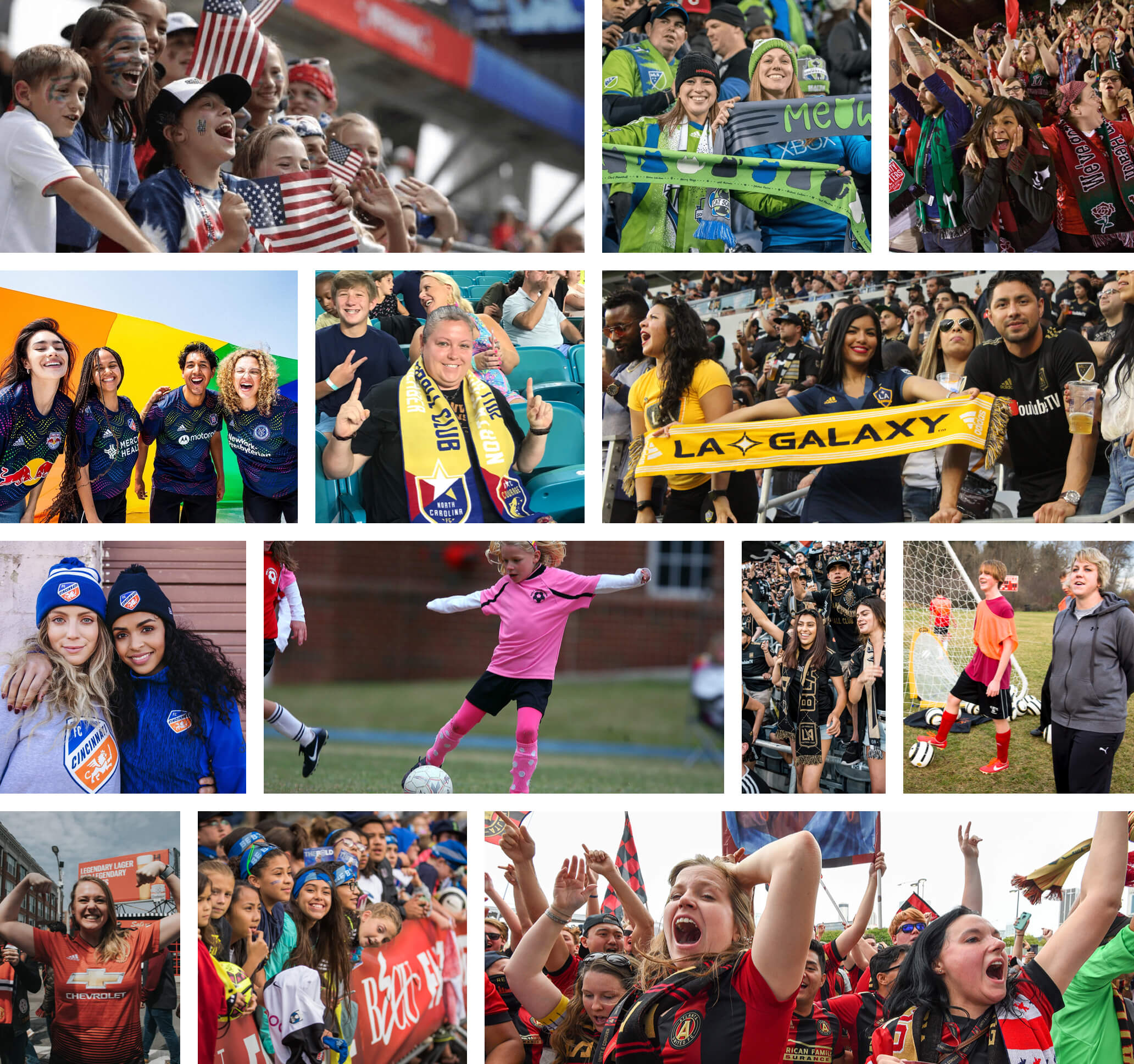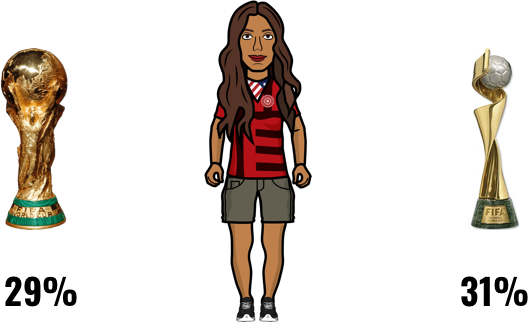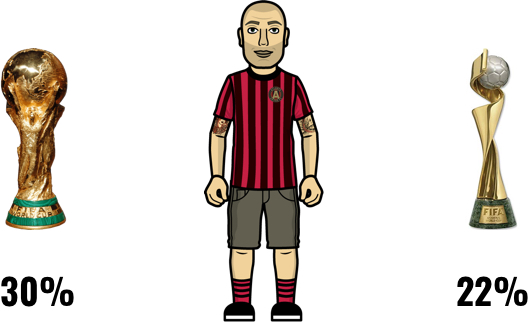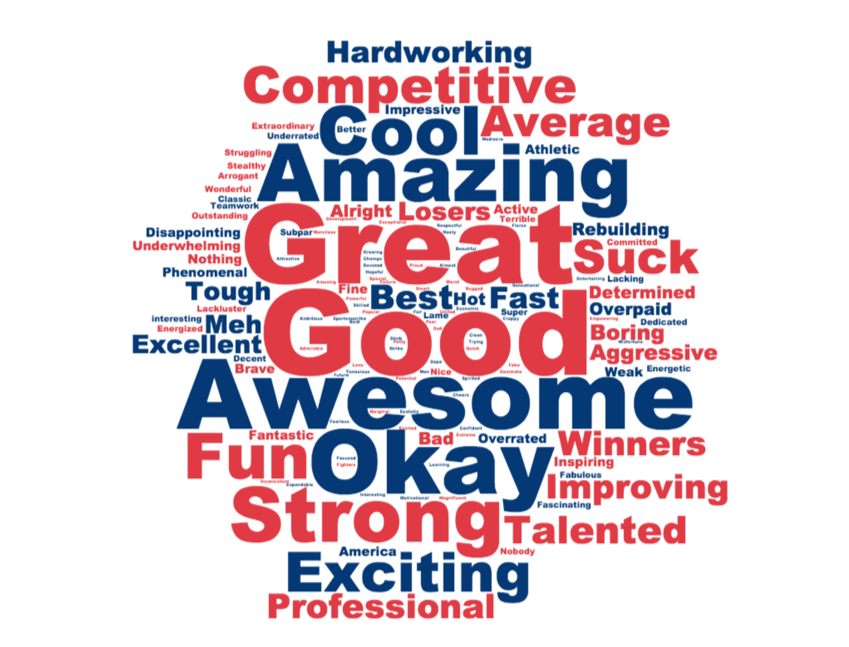Welcome to the GESM Female Passion Report: A deep dive into female engagement and interest in soccer in the U.S.
This year will be remembered as the year the U.S. Women’s National Team captured the attention of the nation. Much has been written about the team, individual players, the FIFA Women’s World Cup event, and the collective impact on the future of women’s soccer. Additionally, significant focus has been placed on the impact beyond soccer and within the broader social narrative of female empowerment and equality.
As part of GESM’s 8th annual soccer fan research initiative we explored each of these subjects and took a closer look at female interest and engagement with soccer in general.
Historically, female interest has indexed higher for soccer than for most of the other major sports. However, corporate America’s appetite to lean into this insight has been largely episodic, in our opinion. Will 2019 go down as a proverbial tipping point? We think it will and believe there is a distinct cultural shift occurring with the value and importance of the female sports fan coming squarely into focus.
Our hope is that the findings of this study and resulting insights further help brands develop a deeper understanding of soccer’s special connection to the female consumer.
WHO ARE FEMALE SOCCER FANS?
Female soccer fans in the U.S. are young, diverse, and educated with above-average household incomes.
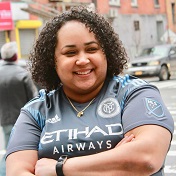



For many women, soccer is a newfound interest.
40% of female fans indicate they became interested in soccer in the last five years. This is a significant number, particularly when compared to the equivalent statistic of 24% for male interest. The U.S. Women’s National Team’s epic 2015 FIFA World Cup Final win – the most-watched soccer match in U.S. television history – is an often-cited reason and catalyst for stimulating interest. Additionally, there is evidence to suggest that soccer is still in a growth phase with almost half of all female fans (46%) indicating they are more interested in the sport today than they were a year ago.

- 8% Less than a year
- 32% 1-5 years
- 18% 6-10 years
- 13% 11-15 years
- 9% 16-20 years
- 20% 21+ years
MULTIPLE FACTORS INFLUENCE SOCCER INTEREST.
A number of factors appear to influence female interest in soccer. Watching matches on television, friend/peer group influence, and star player/role model effect are the most prevalent. The significance of friend/peer influence as a top motivator is noteworthy, as this is the only factor where women assign a greater level of importance than men. Conversely, and perhaps not surprisingly, women place a noticeably lower importance than men on the impact of soccer video games.


SOCCER INTEREST VARIES SIGNIFICANTLY BY AGE.
The average female fan watches 4.1 games per week across four different mediums/channels. Viewership varies significantly by age with Gen Z fans consuming three times the number of matches as the Baby Boomer generation. A similar pattern of interest is also highlighted through the use of social media to keep up-to-date with soccer developments.

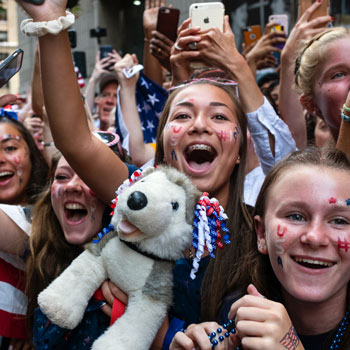
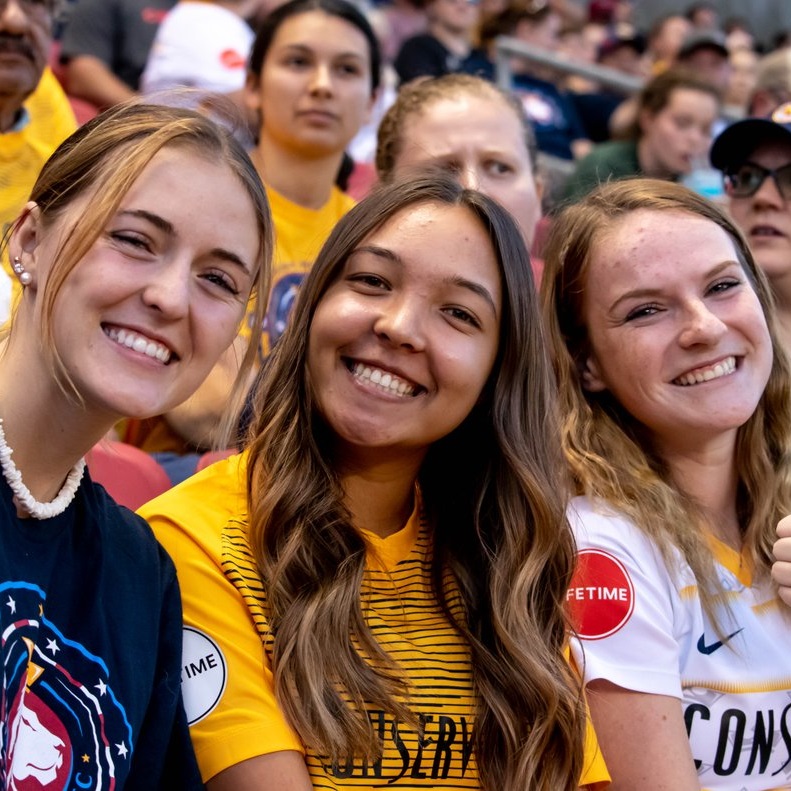
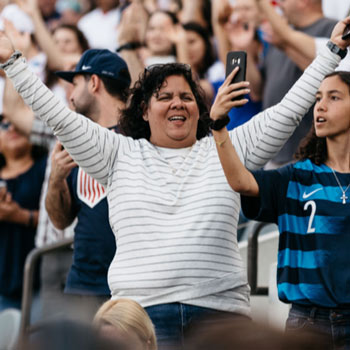
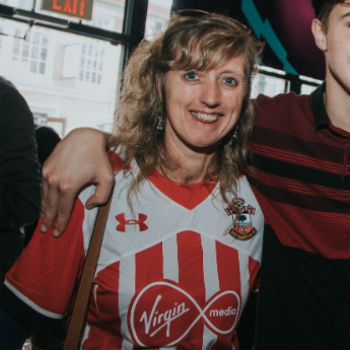
TV and streaming viewership almost equal.
Watching matches on TV is the most frequently reported media behavior, but only by a small margin. Viewership via streaming is increasing in popularity and accounts for 41% of total soccer consumption – just 2% lower than TV.

FEMALES ARE INTERESTED IN BOTH MEN’S AND WOMEN’S SOCCER.
Almost half of all women (46%) indicate they have an equal interest in the men’s and women’s game. The percentage of women indicating a preference is almost identical with 28% expressing a preference for the women’s game and 26% a preference for the men’s game.

Opinions on the women’s game vs. the men’s game.
Females expressed strong opinions on several topics that compared the women’s game to the men’s game.

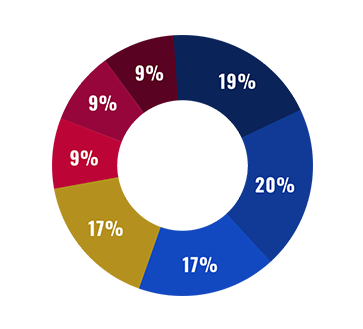
- 19% Strongly agree
- 20% Agree
- 17% Somewhat agree
- 17% Neutral
- 9% Somewhat disagree
- 9% Disagree
- 9% Strongly disagree
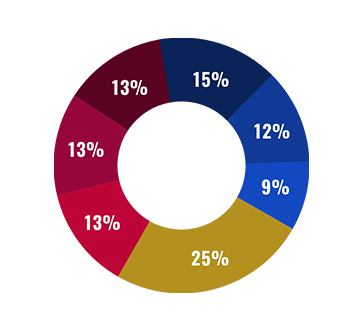
- 15% Strongly agree
- 12% Agree
- 9% Somewhat agree
- 25% Neutral
- 13% Somewhat disagree
- 13% Disagree
- 13% Strongly disagree
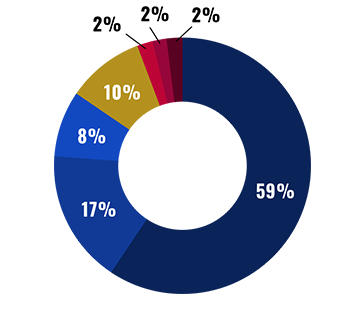
- 59% Strongly agree
- 17% Agree
- 8% Somewhat agree
- 10% Neutral
- 2% Somewhat disagree
- 2% Disagree
- 2% Strongly disagree
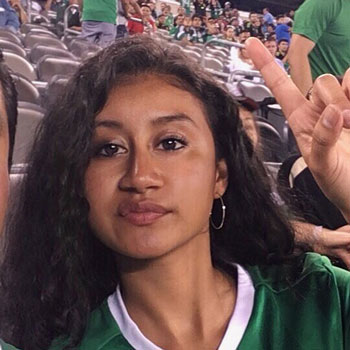
SOCCER INTEREST IS GROUNDED AROUND THE BIG EVENT.
When it comes to describing their interest in the sport, female fans most commonly associate with the Event Seeker persona as defined by GESM. In fact, 1-in-3 women self-categorize their interest in soccer with the response, I’m really only interested in the big events like the FIFA World Cup.







LEGACY IMPACT OF THE WORLD CUP.
Historically, soccer in America has benefitted every four years from a post-World Cup (Men’s) tournament interest bump. Based on the responses to our survey, the legacy impact of the Women’s World Cup may be even more pronounced. A very healthy 61% of women indicate their interest in the women’s game is positively impacted by the happenings of the summer. An interest spike that has noticeably been felt at the gate by the NWSL.

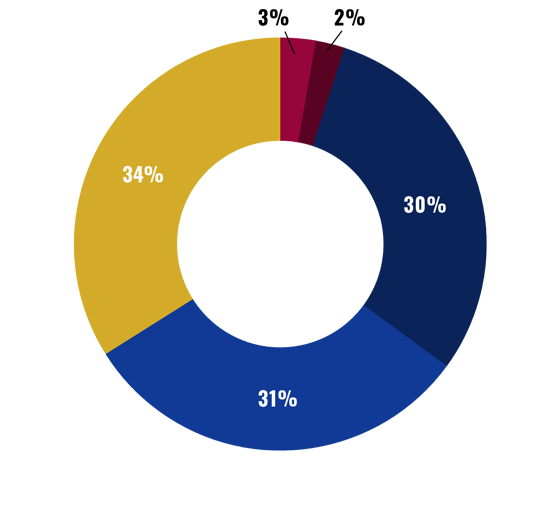
- 30% Yes, much more interested
- 31% Yes, slightly more interested
- 34% No change
- 3% Yes, slightly less interested
- 2% Yes, much less interested
PERSPECTIVE ON THE U.S. NATIONAL TEAMS.
The U.S. Women’s National Team has established itself not only as a dominant sporting force, but also a leading beacon of change for several social issues within America. As a brand, the team elicits many bold and powerful reactions from female fans.


Major League Soccer and Premier League top the charts.
When it comes to specific men’s league interest, Major League Soccer and the Premier League are by the far the most popular among women. There is a noticeable drop-off to the UEFA Champions League in the third position.

Strong interest in the NWSL but the league needs help.
Female soccer fans have a strong interest in the National Women’s Soccer League (NWSL) and expressed their opinions on the top three challenges facing the league.

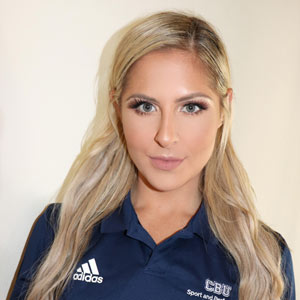
Background & Methodology
Research findings were gathered from the annual Gilt Edge Soccer Marketing U.S. soccer fan survey conducted during a one-week window in August 2019. National sample size of 1,650 respondents (age 13 or older) completed an online survey hosted by Qualtrics available in English and Spanish. Sample size for the Female Passion Report is was 825.
Let's Chat
Did you find these insights valuable? Is there more you want to know about the soccer audience in America? Are you looking for creative concepts that will break through and connect with this audience? Do you need activation support bring a campaign to life?
If so, please reach out and connect. We’d love to chat.
 mkoeshartanto@giltedgesoccer.com
mkoeshartanto@giltedgesoccer.com 312-600-9710
312-600-9710 @SoccerMarketing
@SoccerMarketing We are the soccer marketing experts
We are the soccer marketing experts
Gallery

